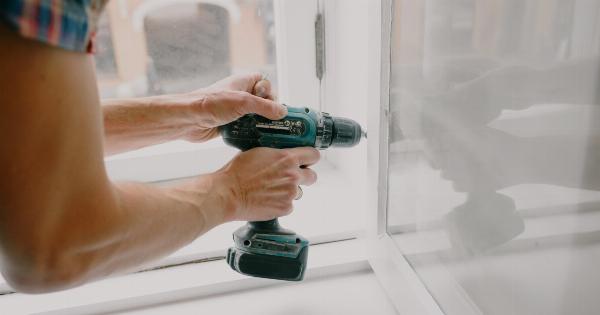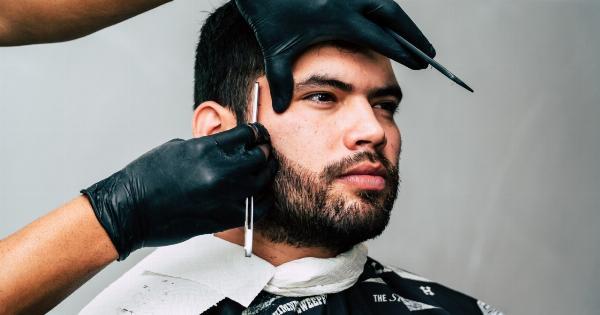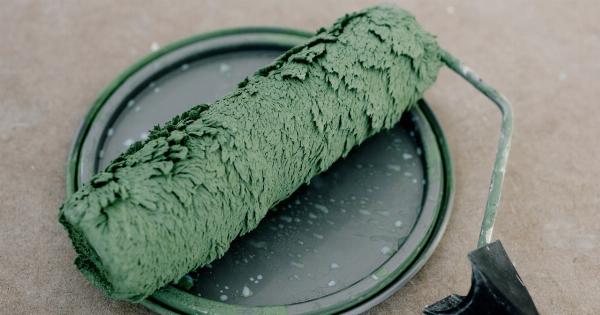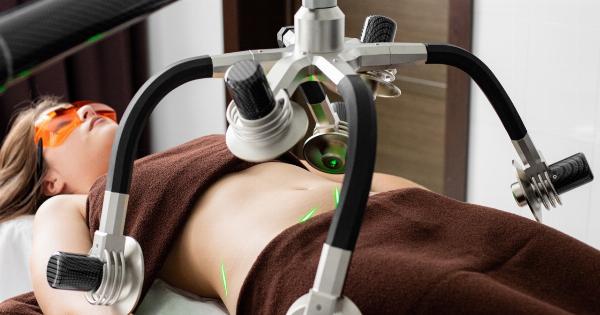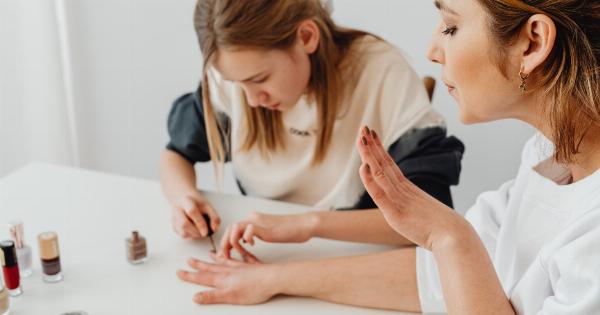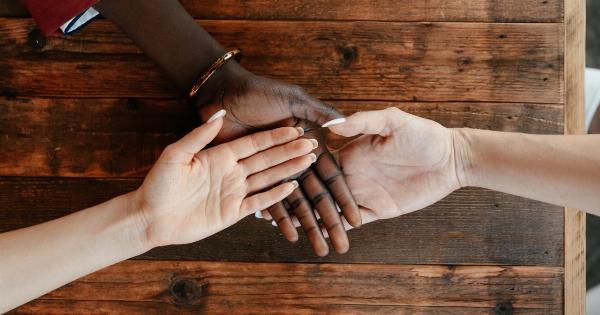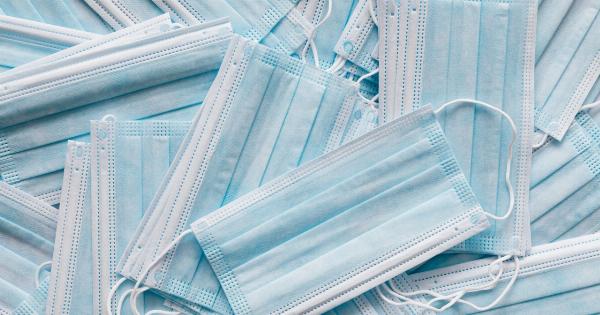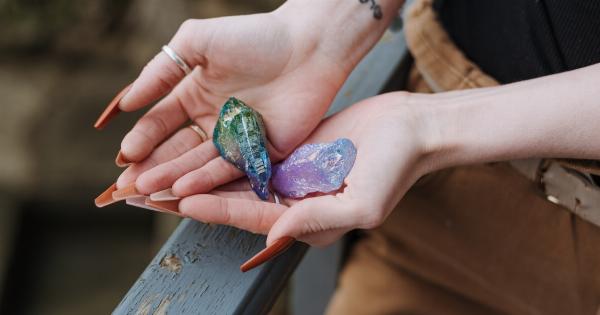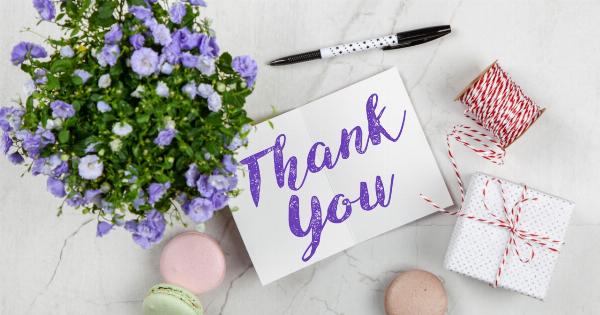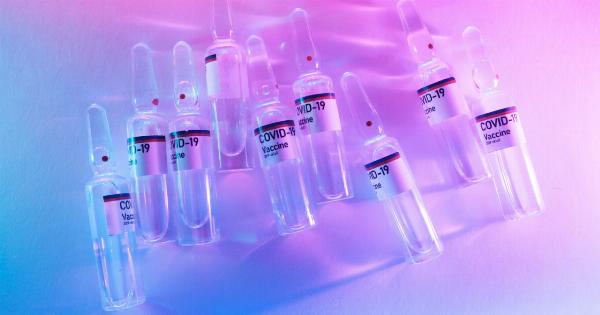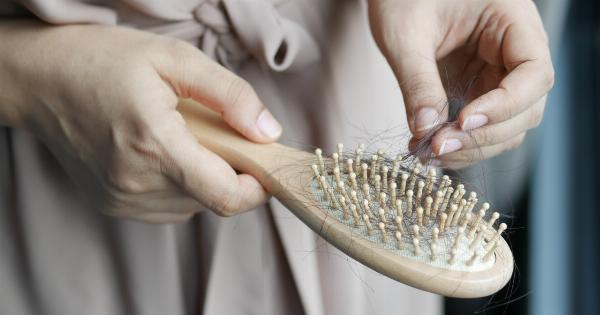From hair removal to hair dye, from makeup and skincare to nail polish, popular beauty rituals have become an essential part of our daily routines.
However, what we don’t realize is that these seemingly harmless beauty rituals may have hidden dangers lurking within them. In this article, we delve into the dark side of common beauty rituals, the risks they pose, and what you can do to protect yourself.
Harmful Effects of Hair Removal Methods
Among the most common hair removal methods are shaving, waxing, and using depilatory creams. While these methods may seem relatively simple and safe to use, they can have several harmful effects on the skin and overall health:.
- Ingrown hair: Shaving or waxing can lead to ingrown hair, a condition whereby the hair grows back into the skin, causing bumps and cysts, making the skin look red, itchy, and painful.
- Skin damage: Waxing and depilatory creams can cause burns and skin damage, especially if you have sensitive skin, leading to inflammation, irritation, and even scarring in some cases.
- Increased risk of skin infections: The act of hair removal, particularly shaving, can lead to the development of microscopic cuts and nicks in the skin, which can provide easy access for bacteria and fungi, leading to skin infections like cellulitis and folliculitis.
- Increased risk of inguinal hernia: Waxing and shaving of the pubic hair is a common beauty ritual, but it can also increase the risk of inguinal hernia, especially in women.
The Risks of Using Hair Dye
Hair dye is a popular cosmetic product used to change hair color, cover up grays, or add highlights. However, the chemicals in hair dye can have several harmful effects on the hair and scalp, including:.
- Allergic reactions: Hair dye can cause allergic reactions in some people, leading to symptoms such as redness, itching, and swelling of the scalp and face.
- Hair damage: The chemicals in hair dye can weaken the hair shaft, leading to breakage, split ends, and other types of hair damage.
- Scalp irritation: Hair dye can also cause irritation and inflammation of the scalp, leading to symptoms such as redness, itching, and flaking.
- Cancer risk: Some studies suggest that long-term exposure to certain chemicals in hair dye may increase the risk of bladder cancer, non-Hodgkin’s lymphoma, and leukemia.
Hidden Dangers of Cosmetics
Cosmetics are a vital part of our daily routines, but what we don’t realize is that the chemicals in these products can have severe consequences on our skin and overall health. Here are some common harmful effects of cosmetics:.
- Acne and skin irritation: Cosmetics such as foundation and face powder can clog pores, leading to acne, blackheads, and other skin irritations.
- Hormonal disruption: Certain chemicals in cosmetics, such as parabens and phthalates, can disrupt the normal functioning of hormones in the body, leading to several health problems like early puberty, infertility, and an increased risk of cancer.
- Lead and mercury poisoning: Several cosmetic products like lipsticks and eyeliners contain lead and mercury, which can lead to poisoning and several health problems, including developmental delays, heart and lung problems, and kidney damage.
- Allergic reactions: Certain cosmetic ingredients, like fragrances and preservatives, can cause allergic reactions, leading to symptoms such as itching, redness, and rashes.
Dangers of Nail Polish
Nail polish has become an essential part of the beauty routine, but we fail to realize that the chemicals in nail polish can have harmful effects on our nails, skin, and overall health. Here are some common risks of using nail polish:.
- Nail damage: The chemicals in nail polish can weaken the nails, making them brittle, prone to breakage and split ends.
- Skin irritation: Nail polish can lead to contact dermatitis, resulting in redness, itching, and swelling of the skin around the nails.
- Headaches and dizziness: Several chemicals in nail polish, such as toluene and formaldehyde, can release toxic fumes that can cause headaches, dizziness, and other health problems.
- Cancer risk: Some studies suggest that long-term exposure to certain chemicals in nail polish, such as formaldehyde and phthalates, may increase the risk of cancer.
Protecting Yourself from Hidden Dangers
While it may seem impossible to eliminate these beauty rituals from our daily routines, there are several things we can do to protect ourselves from their harmful effects. Here are a few tips:.
- Use natural and organic products: Look for products made with natural and organic ingredients that are free from harmful chemicals like parabens, phthalates, and sulfates.
- Limit the use of hair removal methods: Avoid overusing hair removal methods such as shaving, waxing, and depilatory creams that can damage the skin and increase the risk of infections.
- Protect the scalp while coloring hair: Apply a protective barrier, such as petroleum jelly, to the scalp before coloring your hair to prevent chemicals from entering the skin.
- Choose nail polishes carefully: Look for nail polishes that are labeled “3-free” or “5-free”, meaning they are free from harmful chemicals like toluene, formaldehyde, and DBP (dibutyl phthalate).
Conclusion
The pursuit of beauty may come at a cost, and we must be aware of the hidden dangers of common beauty rituals. While we cannot eliminate these rituals from our daily routines, we can take steps to protect ourselves from their harmful effects.
By using safe and natural products, limiting the use of hair removal methods, and choosing nail polishes carefully, we can look good without compromising our health.



